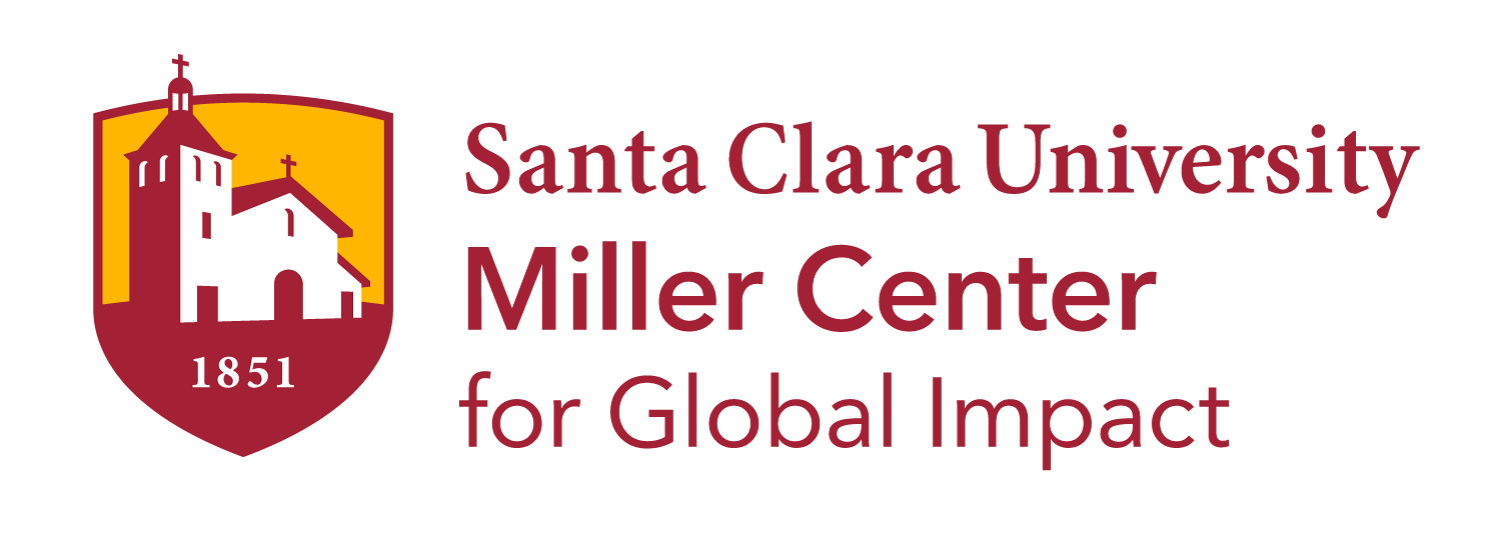
Even for someone accustomed to life on the move, this fall’s travel was a marathon of ideas and inspiration. From Colombia to Hong Kong to Boston to New York, each visit offered a window into the dialogue on global impact, and one truth kept resurfacing: we may be navigating turbulent times, but hope is still showing up, often embodied in the courage and creativity of social entrepreneurs. Miller Center’s presence at these conferences felt like a bridge connecting the world of philanthropy, finance, and entrepreneurship. During the journey, I was joined by Jeff Miller, as well as my colleagues: Paul Belknap, Director, Impact Investing at Miller Center, and Mick Greco, Director of Strategic Partnerships at Santa Clara University.
Stop 1: Medellín – The Latin American Moment
The energy at Latimpacto was driven by urgency and possibility. Discussions ranged from strengthening ecosystems to unlocking local capital for entrepreneurs who face the Valley of Death. As Miller Center continues to expand across the region, Colombia, with its entrepreneurial drive and openness, stands out as a country ready for deeper engagement, while Brazil, despite its complexity, is emerging as a long-term strategic market with significant opportunity.
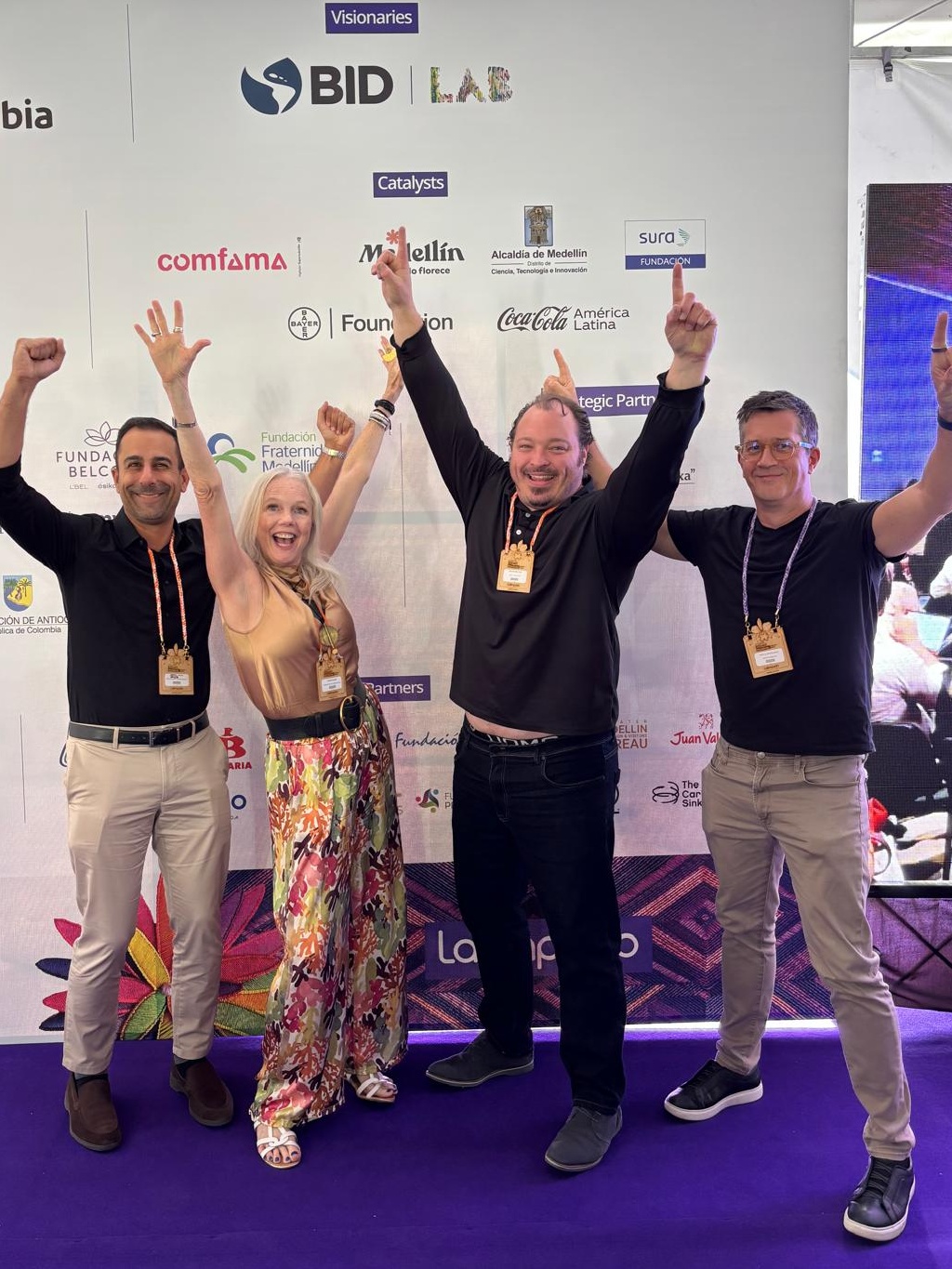
Throughout the week, I was joined by Miller Center strategic partners from Bayer Foundation—Stefan Wilhelm, Director of Social Innovation, and Camila Reid, Corporate Social Engagement Lead. We spent meaningful time together, and Stefan, in particular, has become a powerful champion of Miller Center. His reminder that “there is always funding somewhere when leadership is excited about activating a program” reinforced the importance of vision-aligned partnerships.
Our co-sponsored networking event at Impact Hub Medellín, alongside community partners elea Foundation, IMPAQTO, and Fundamental, drew sixty people and plenty of discussion. It was proof that collaboration with our ecosystem partners is the ultimate infrastructure, and that the region’s future will depend on building trust as much as capital.
Stop 2: Hong Kong – Rethinking Capital in Asia
At the Asian Venture Philanthropy Network (AVPN) Conference, the narrative was all about mobilization. The focus: how to unleash capital from within the region to fuel impact. Here, the energy was kinetic with finance executives, startup founders, and policymakers swapping ideas on everything from green infrastructure bonds to pension-fund participation in social investment.
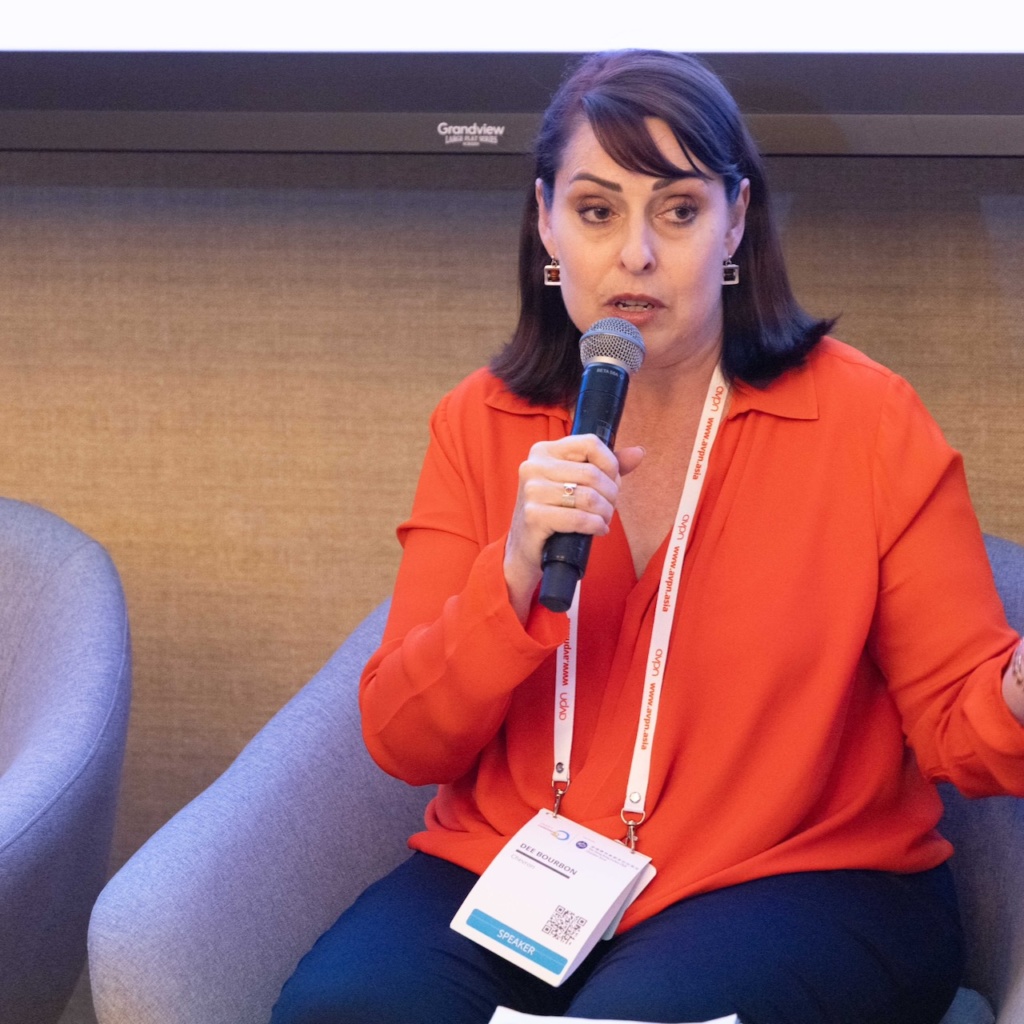
Our session challenged the myth that investors can create impact and earn market-rate returns. Co-developed with Miller Center strategic partner, Chevron, the session was introduced by Dee Bourbon, Senior Social Investment Advisor. It was oversubscribed, with more participants than chairs. Participants crowded in to debate how creative financial instruments such as guarantees, recoverable grants, and blended capital can make impact investing not only viable but powerful.
Next year’s AVPN in India will allow Miller Center to showcase our entrepreneur network of 50+ active network enterprises in the country, offering a grounded view of what it really takes to create lasting impact, and why understanding the true cost of impact investing is key to making it sustainable.
Stop 3: Boston – Philanthropy at a Crossroads
At the NEID Global / International Philanthropy Initiative Symposium, the mood was introspective. Two hundred and fifty philanthropists gathered to discuss the future of giving, but the conversation often circled back to what’s broken: the rollback of USAID and other aid institutions, the climate crisis that feels too big to solve, and the widening gap between the wealthy and the world’s poor.
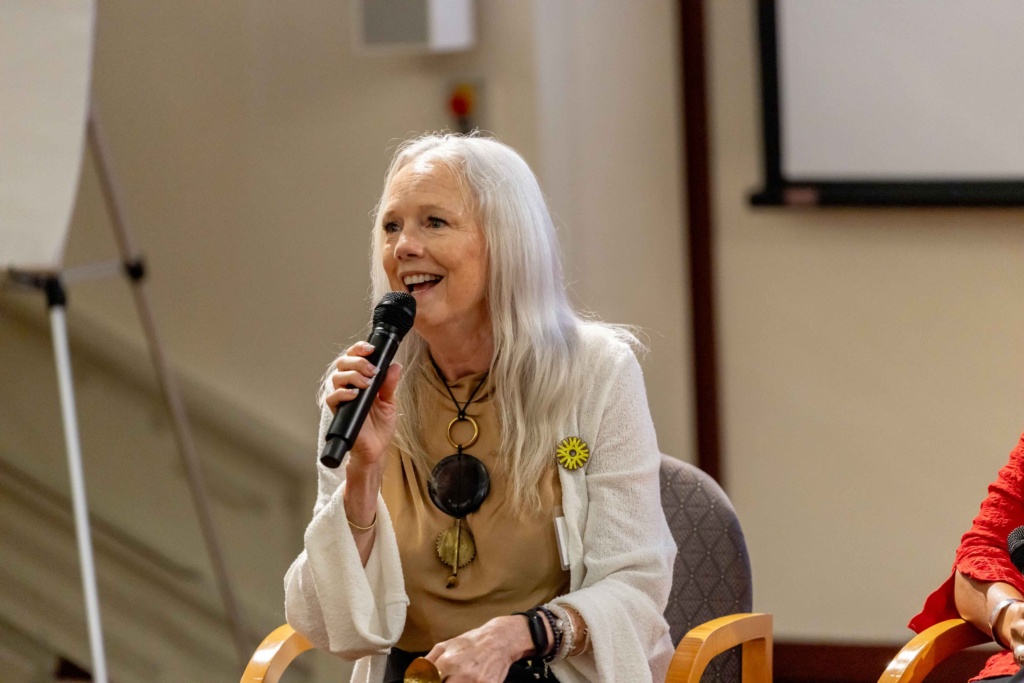
And yet, amid the fatigue, there were sparks of renewed purpose. Impact investing and social entrepreneurship emerged as bright points of possibility. During discussions, I found myself voicing what I’ve long believed: impact investing was meant to take risks, move money boldly, and back entrepreneurs who don’t always fit the mold. Somewhere along the way, we started playing it safe. If we want real impact, we need to embrace risk and act faster.
Our “dine-around” dinner was a terrific opportunity to connect directly with donors who were already active in impact investing or curious to learn more. The discussions were lively and substantive, offering a chance to share Miller Center’s experience and insights in the field while exploring what catalytic philanthropy can look like in practice. If this conference reflected some of the uncertainty philanthropy faces today, our event reminded us of its potential to evolve through learning and collaboration.
Stop 4: New York – What’s Next for the World
The final leg of this journey landed in New York for the Clinton Global Initiative, the U.N. General Assembly, and Climate Week. Amid the noise, one phrase anchored the discussions: “What’s next?”
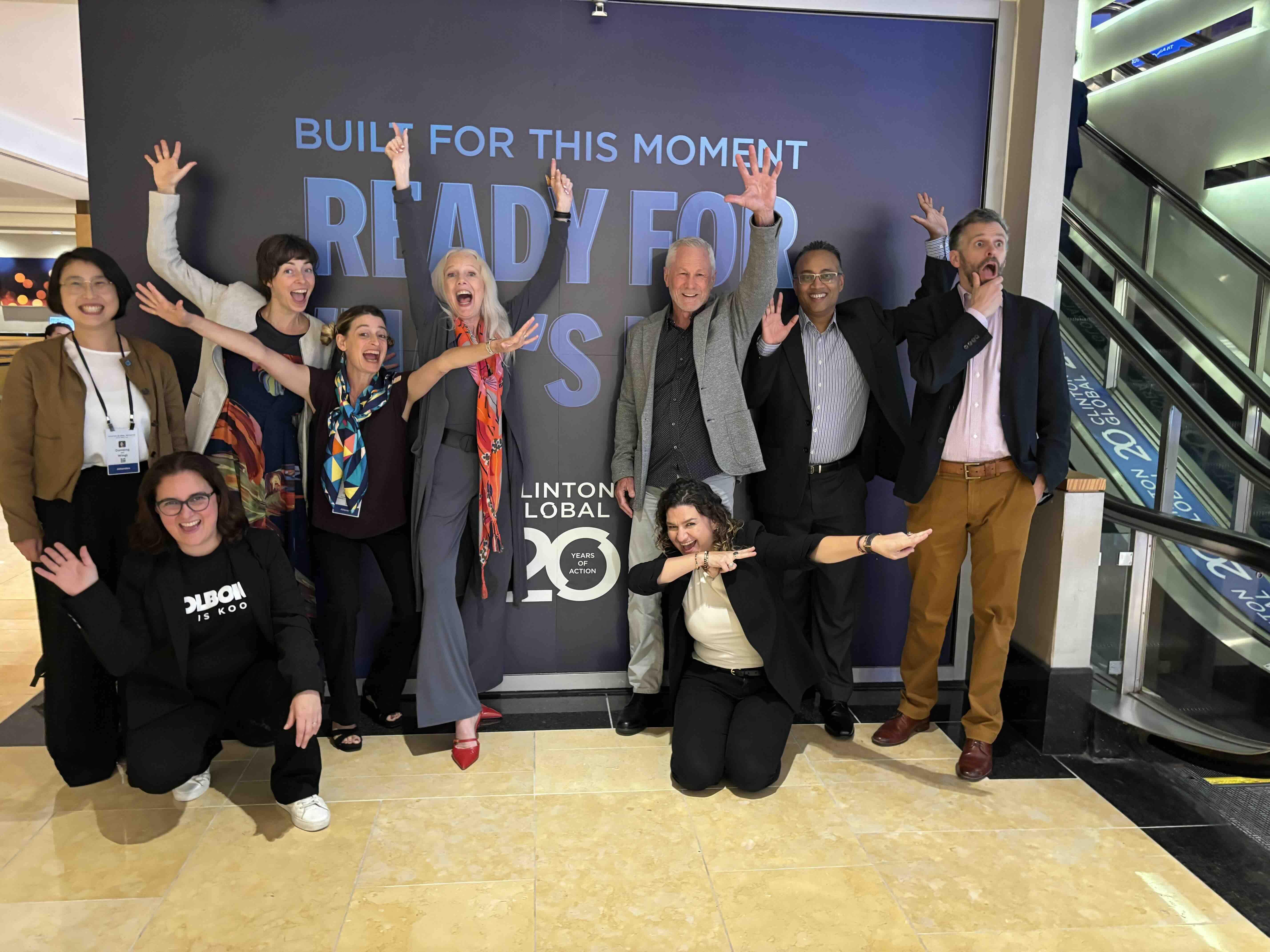
One notable voice was California Governor Gavin Newsom, who underscored the state’s outsized role on global economic and technological fronts, from producing 18% of global R&D to navigating the balance between AI innovation and regulation. His remarks were a reminder that leadership isn’t just about growth, but about setting the pace for what comes next.
The innovative finance roundtables, where Jeff Miller and I participated, spotlighted entrepreneurs caught in the Valley of Death. How do we make capital catalytic rather than conservative? How do we design partnerships that endure beyond headlines? These were the questions that lingered long after the session ended.
With global aid contracting, the climate clock ticking, and geopolitical fractures widening, optimism required intention. But here, too, social entrepreneurship stood tall. Miller Center’s enterprises were visible and celebrated: Wingi, Transform Engine, and India P2P joined CGI’s Greenhouse program.
The Thread That Ties It All Together
At Miller Center, we’ve always believed that lasting impact comes from equipping leaders who can adapt and reimagine what’s possible in their communities, and this year’s travel reaffirmed that conviction. Across continents and time zones, I heard familiar tensions surface: urgency versus fatigue, innovation versus inertia, fragmentation versus connection. But in every setting, the same narrative emerged: social entrepreneurship can turn hope into action.
_______________
Photos:
- Enjoying the view of Hong Kong’s skyline
- With my colleague Mick Greco (far left), Director of Institutional Giving at Santa Clara University, Stefan Wilhelm, Director Social Innovation at Bayer Foundation and Executive Board Member of Latimpacto, and Nikolaj Moesgaard, Cofounder of Impact Intelligence
- Dee Bourbon, Senior Social Investment Advisor at Chevron, kicked off our session
- Speaking on a panel at the International Philanthropy Initiative Symposium
- With colleagues, partners, and social entrepreneurs at the Clinton Global Initiative annual meeting
